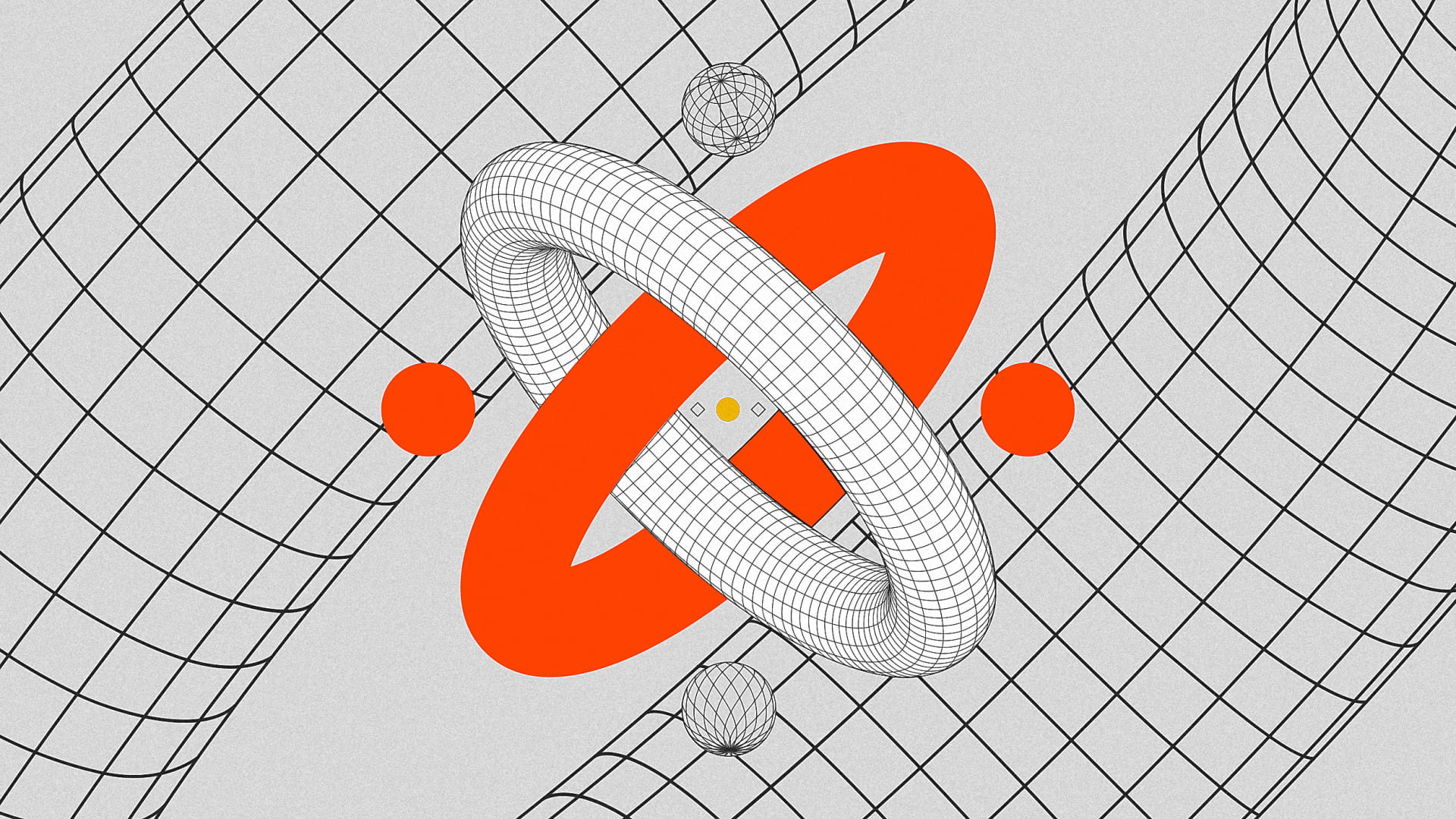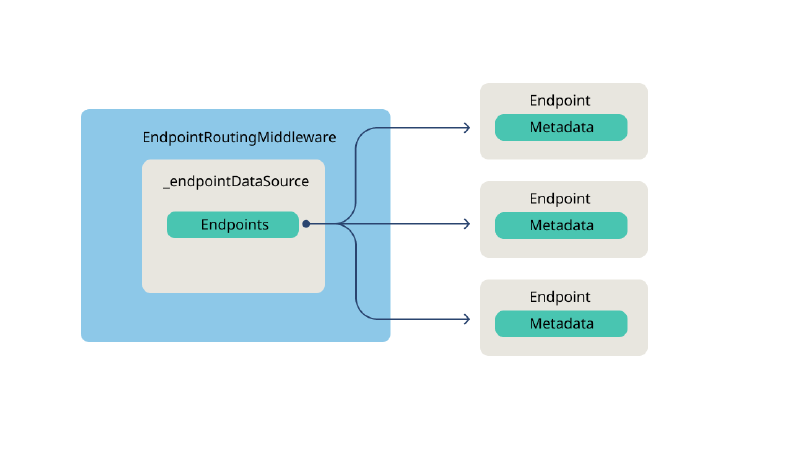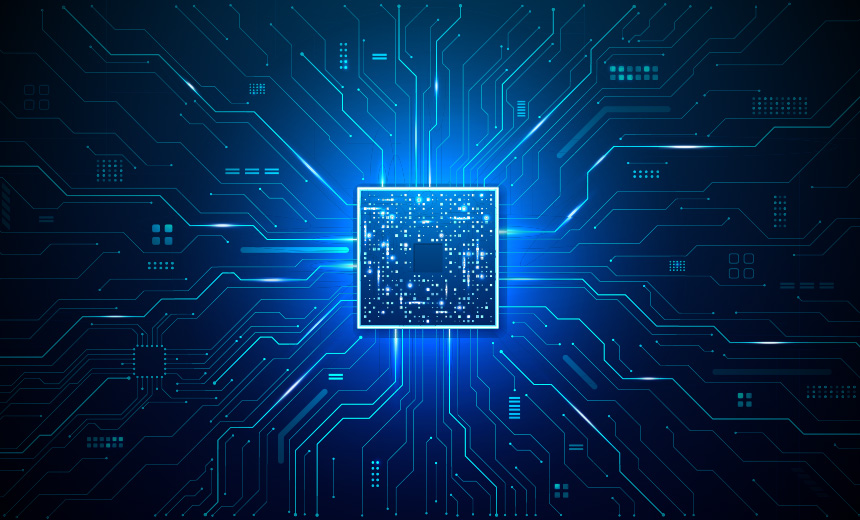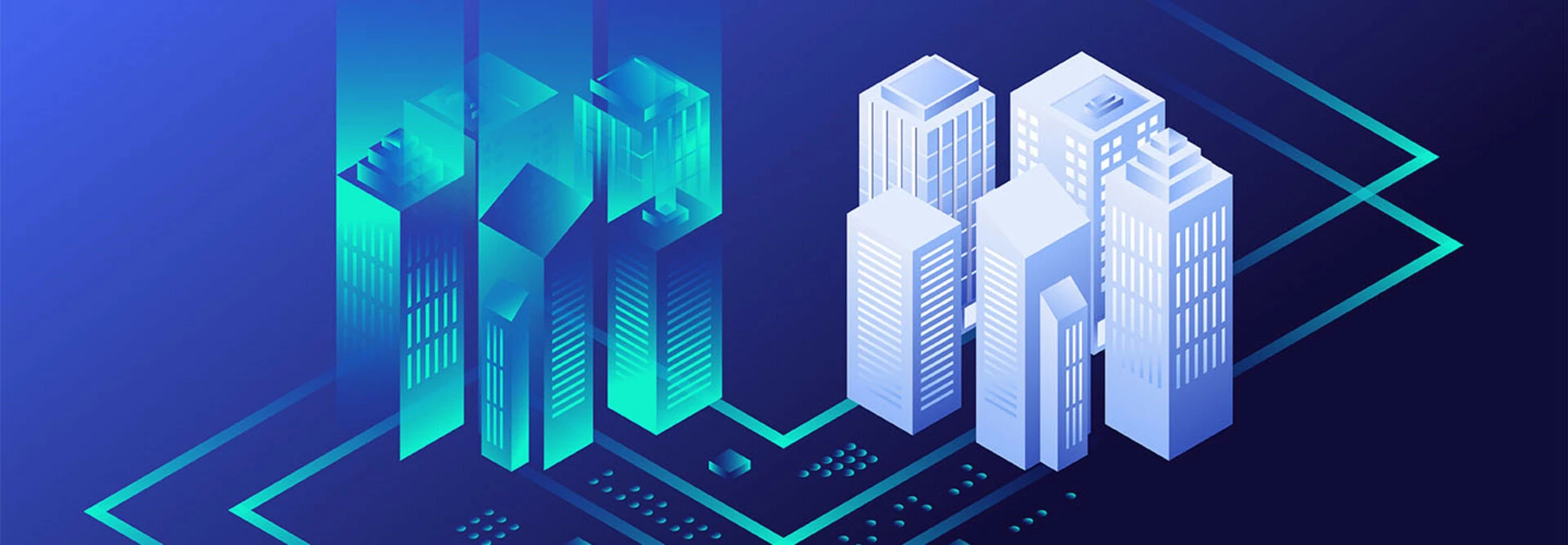Quote for the day:
"Leaders are people who believe so passionately that they can seduce other people into sharing their dream." -- Warren G. Bennis
What comes after Design thinking

The first and most obvious one is that we can no longer afford to design things
solely for humans. We clearly need to think in non-human, non-monocentric terms
if we want to achieve real, positive, long-term impact. Second, HCD fell short
in making its practitioners think in systems and leverage the power of
relationships to really be able to understand and redesign what has not been
serving us or our planet. Lastly, while HCD accomplished great feats in
designing better products and services that solve today’s challenges, it fell
short in broadening horizons so that these products and systems could pave the
way for regenerative systems: the ones that go beyond sustainability and
actively restore and revitalize ecosystems, communities, and resources create
lasting, positive impact. Now, everything that we put out in the world needs to
have an answer to how it is contributing to a regenerative future. And in order
to build a regenerative future, we need to start prioritizing something that is
integral to nature: relationships. We need to grow relational capacity, from
designing for better interpersonal relationships to establishing systems that
facilitate cross-organizational collaboration. We need to think about relational
networks and harness their power to recreate more just, trustful, and better
functioning systems. We need to think in communities.
FinOps automation: Raising the bar on lowering cloud costs

Successful FinOps automation requires strategies that exploit efficiencies
from every angle of cloud optimization. Good data management, negotiations,
data manipulation capabilities, and cloud cost distribution strategies are
critical to automating cost-effective solutions to minimize cloud spend. This
article focuses on how expert FinOps leaders have focused their automation
efforts to achieve the greatest benefits. ... Effective automation relies on
well-structured data. Intuit and Roku have demonstrated the importance of
robust data management strategies, focusing on AWS accounts and Kubernetes
cost allocation. Good data engineering enables transparency, visibility, and
accurate budgeting and forecasting. ... Automation efforts should focus
on areas with the highest potential for cost savings, such as prepayment
optimization and waste reduction. Intuit and Roku have achieved significant
savings by targeting these high-cost areas. ... Automation tools should be
accessible and user-friendly for engineers managing cloud resources. Intuit
and Roku have developed tools that simplify resource management and align
costs with responsible teams. Automated reporting and forecasting tools help
engineers make informed decisions.
Why CISOs Must Think Clearly Amid Regulatory Chaos
_filmfoto_Alamy.jpg?width=1280&auto=webp&quality=95&format=jpg&disable=upscale)
At their core, CISOs are truth sayers — akin to an internal audit committee
that assesses risks and makes recommendations to improve an organization's
defenses and internal controls. Ultimately, though, it's the board and a
company's top executives who set policy and decide what to disclose in public
filings. CISOs can and should be a counselor for this group effort because
they have the understanding of security risk. And yet, the advice they can
offer is limited if they don't have full visibility into an organization's
technology stack. "Many oversee a company's IT system, but not the products
the company sells. That's crucial when it comes to data-dependent systems and
devices that can provide network-access targets to cyber criminals. Those
might include medical devices, or sensors and other Internet of Things
endpoints used in manufacturing lines, electric grids, and other critical
physical infrastructure. In short: A company's defenses are only as strong as
the board and its top executives allow it to be. And if there is a breach, as
in the case of SolarWinds? CISOs do not determine the materiality of a
cybersecurity incident; a company's top executives and its board make that
call. The CISO's responsibilities in that scenario involves responding to the
incident and conducting the follow-up forensics required to help minimize or
avoid future incidents.
Building Secure Multi-Cloud Architectures: A Framework for Modern Enterprise Applications
The technical controls alone cannot secure multi-cloud environments.
Organizations must conduct cloud security architecture reviews before
implementing any multi-cloud solution. These reviews should focus on: Data
flow patterns between clouds Authentication and authorization requirements
Compliance obligations across all relevant jurisdictions. Completing these
tasks thoroughly and diligently will ensure that multi-cloud security is baked
into the architectural layer between the clouds and in the clouds themselves.
While thorough architecture reviews establish the foundation, automation
brings these security principles to life at scale. Automation provides a major
advantage to security operations for multi-cloud environments. By treating
infrastructure and security as code, organizations can achieve consistent
configurations across clouds, implement automated security testing and enable
fast response to security events. This helps with the overall security and
operational overhead because it allows us to do more with less and to reduce
human error. Our security operations experienced a substantial enhancement
when we moved to automated compliance checks. Still, we did not just throw AWS
services at the problem. We engaged our security team deeply in the
process.
Scaling Dynamic Application Security Testing (DAST)

One solution is to monitor requests sent to the target web server and
extrapolate an OpenAPI Specification based on those requests in real-time.
This monitoring could be performed client-side, server-side, or in-between on
an API gateway, load-balancer, etc. This is a scalable, automatable solution
that does not require each developer’s involvement. Depending on how long it
runs, this approach can be limited in comprehensively identifying all web
endpoints. For example, if no users called the /logout endpoint, then the
/logout endpoint would not be included in the automatically generated OpenAPI
Specification. Another solution is to statically analyze the source code for a
web service and generate an OpenAPI Specification based on defined API
endpoint routes that the automation can gleam from the source code. Microsoft
internally prototyped this solution and found it to be non-trivial to reliably
discover all API endpoint routes and all parameters by parsing abstract syntax
trees without access to a working build environment. This solution was also
unable to handle scenarios of dynamically registered API route endpoint
handlers. ... To truly scale DAST for thousands of web services, we need to
automatically, comprehensively, and deterministically generate OpenAPI
Specifications.
Post-Quantum Cryptography 2025: The Enterprise Readiness Gap

"Quantum technology offers a revolutionary approach to cybersecurity,
providing businesses with advanced tools to counter emerging threats," said
David Close, chief solutions architect at Futurex. By using quantum machine
learning algorithms, organizations can detect threats faster and more
accurately. These algorithms identify subtle patterns that indicate
multi-vector cyberattacks, enabling proactive responses to potential breaches.
Innovations such as quantum key distribution and quantum random number
generators enable unbreakable encryption and real-time anomaly detection,
making them indispensable in fraud prevention and secure communications, Close
said. These technologies not only protect sensitive data but also ensure the
integrity of financial transactions and authentication protocols. A
cornerstone of quantum security is post-quantum cryptography, PQC. Unlike
traditional cryptographic methods, PQC algorithms are designed to withstand
attacks from quantum computers. Standards recently established by the National
Institute of Standards and Technology include algorithms such as Kyber,
Dilithium and SPHINCS+, which promise robust protection against future quantum
threats.
Tricking the bad guys: realism and robustness are crucial to deception operations
The goal of deception technology, also known as deception techniques,
operations, or tools, is to create an environment that attracts and deceives
adversaries to divert them from targeting the organization’s crown jewels.
Rapid7 defines deception technology as “a category of incident detection and
response technology that helps security teams detect, analyze, and defend
against advanced threats by enticing attackers to interact with false IT
assets deployed within your network.” Most cybersecurity professionals are
familiar with the current most common application of deception technology,
honeypots, which are computer systems sacrificed to attract malicious actors.
But experts say honeypots are merely decoys deployed as part of what should be
more overarching efforts to invite shrewd and easily angered adversaries to
buy elaborate deceptions. Companies selling honeypots “may not be thinking
about what it takes to develop, enact, and roll out an actual deception
operation,” Handorf said. “As I stressed, you have to know your
infrastructure. You have to have a handle on your inventory, the log analysis
in your case. But you also have to think that a deception operation is not a
honeypot. It is more than a honeypot. It is a strategy that you have to think
about and implement very decisively and with willful intent.”
Effective Techniques to Refocus on Security Posture

If you work in software development, then “technical debt” is a term that
likely triggers strong reactions. Foundationally, technical debt serves a
similar function to financial debt. When well-managed, both can be used as
leverage for further growth opportunities. In the context of engineering,
technical debt can help expand product offerings and operations, helping a
business grow faster than paying the debt with the opportunities offered from
the leverage. On the other hand, debt also comes with risks and the rate of
exposure is variable, dependent on circumstance. In the context of security,
acceptance of technical debt from End of Life (EoL) software and risky
decisions enable threats whose greatest advantage is time, the exact resource
that debt leverages. ... The trustworthiness of software is dependent on the
exploitable attack surface. Part of that attack surface are exploitable
vulnerabilities. If the outcome of the SBOM with a VEX attestation is a deeper
understanding of those applicable and exploitable vulnerabilities, coupling
that information with exploit predictive analysis like EPSS helps to bring
valuable information to decision-making. This type of assessment allows for
programmatic decision-making. It allows software suppliers to express risk in
the context of their applications and empowers software consumers to escalate
on problems worth solving.
Sustainability, grid demands, AI workloads will challenge data center growth in 2025

Uptime expects new and expanded data center developers will be asked to
provide or store power to support grids. That means data centers will need to
actively collaborate with utilities to manage grid demand and stability,
potentially shedding load or using local power sources during peak times.
Uptime forecasts that data center operators “running non-latency-sensitive
workloads, such as specific AI training tasks, could be financially
incentivized or mandated to reduce power use when required.” “The context for
all of this is that the [power] grid, even if there were no data centers,
would have a problem meeting demand over time. They’re having to invest at a
rate that is historically off the charts. It’s not just data centers. It’s
electric vehicles. It’s air conditioning. It’s carbonization. But obviously,
they are also retiring coal plants and replacing them with renewable plants,”
Uptime’s Lawrence explained. “These are much less stable, more intermittent.
So, the grid has particular challenges.” ... According to Uptime,
infrastructure requirements for next-generation AI will force operators to
explore new power architectures, which will drive innovations in data center
power delivery. As data centers need to handle much higher power densities, it
will throw facilities off balance in terms of how the electrical
infrastructure is designed and laid out.
Is the Industrial Metaverse Transforming the E&U Industry?

One major benefit of the industrial metaverse is that it can monitor equipment
issues and hazardous conditions in real time so that any fluctuations in the
electrical grid are instantly detected. As they collect data and create
simulations, digital twins can also function as proactive tools by predicting
potential problems before they escalate. “You can see which components are in
early stages of failure,” a Hitachi Energy spokesperson notes in this article.
“You can see what the impact of failure is and what the time to failure is, so
you’re able to make operational decisions, whether it’s a switching operation,
deploying a crew, or scheduling an outage, whatever that looks like.” ...
Digital twins also make it possible for operators to simulate and test
operational changes in virtual environments before real-world implementation,
reducing excessive costs. “While it will not totally replace on-site testing,
it can significantly reduce physical testing, lower costs and contribute to an
increased quality of the protection system,” Andrea Bonetti, a power system
protection specialist at Megger, tells the Switzerland-based International
Electrotechnical Commission. Shell is one of several energy providers that use
digital twins to enhance operations, according to Digital Twin
Insider.
No comments:
Post a Comment